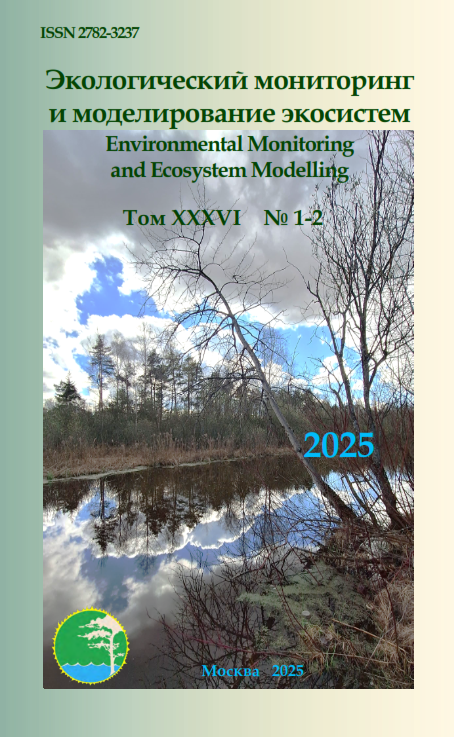The effect of strontium on mature juveniles Danio rerio
Keywords:
Strontium, toxicity, hydrobionts, survival, hematological analysis, histological analysis.Abstract
This article presents the results of experimental studiese valuating
the effects of strontiumon the functioning of mature D. reriojuveniles. The inactive,
the shold, and maximum strontium concentrations, to xicity parameters, and degree
of acutetoxicity were determined. As aresult of the conductedre search, data on the
effect of strontium on hydrobionts of various strophicunits were obtained.
Formature D. rerio, the survival rate at the maximum allowable strontium
concentration was 25.0 mg/l, at the threshold concentration – 50.0 mg/l. According
to the results of hematology calanalysis, it can be concluded that the inactive
strontium concentration for D. Reriois 10.0 mg/l.
Downloads
Published
2025-07-30
Issue
Section
Studies
How to Cite
The effect of strontium on mature juveniles Danio rerio. (2025). Экологический мониторинг и моделирование экосистем, 36(1-2). http://www.envmonitoring.ru/index.php/emme/article/view/8

